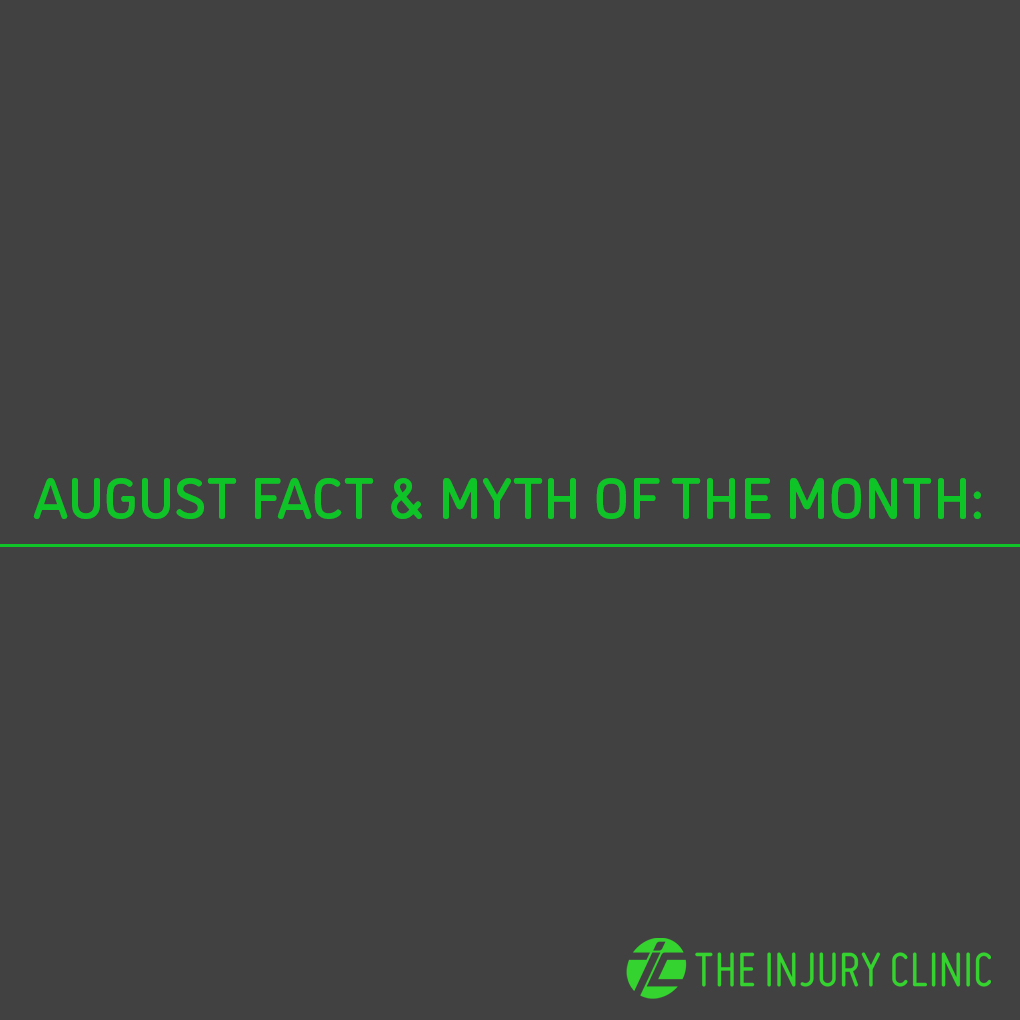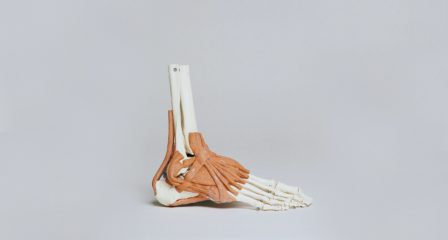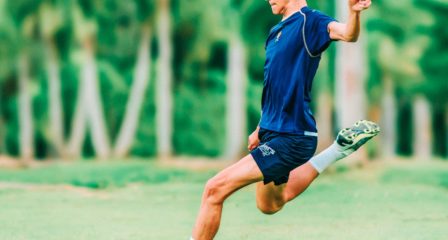FACT:
Did you know that there are at least 150 bursa in the body!
- Bursae are tiny, fluid filled sacs that sit in many places throughout our bodies.
- They act to reduce friction and help cushion the structures they sit next to.
- Bursitis is when a bursa becomes irritated and inflamed.
- Bursitis can be confirmed by imaging (either ultrasound or MRI), but is often accurately diagnosed with clinical testing by a physiotherapist.
- Generally, bursitis occurs when a bursa is overloaded or loaded poorly.
- In most cases, bursitis can be managed conservatively. In most cases, we need to give appropriate exercises to reduce the adverse load on the bursa. We usually recommend anti-inflammatories (to help improve the inflammation) as well as exercises to ensure your pain improves and doesn’t return.
MYTH:
I need to incorporate a pure ‘stability’ focus to my training to ensure I’m training like an athlete.
- The growing trends of ‘training like an athlete’ on social media have brought single leg training etc into a little more limelight than it used to.
- Not at all to say that stability training is bad – in fact, we love this as a means for accessory work.
- The main takeaway being that the bread and butter of our training to improve strength, power and force production – should be done with enough weight/intensity to create a stimulus of improvement (where exercises reducing stability typically jeopardise the amount of weight used).
- Unilateral training is great – however emphasising our ‘bang for buck’ exercises will generally make for greater improvements.



